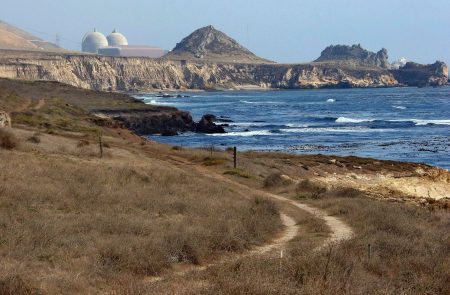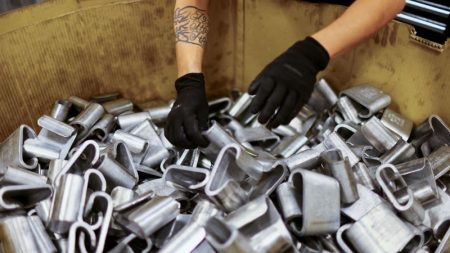Aaron Moten stars as Maximus in the highly anticipated streaming series adaptation of the popular video game series Fallout, now available on Prime Video. Maximus is a squire in the militaristic Brotherhood of Steel, dedicated to preserving technology in the post-apocalyptic wasteland following a devastating nuclear conflict 219 years earlier known as the Great War. Moten’s character’s allegiance begins to shift when Lucy MacLean, played by Ella Purnell, frees Maximus from his Power Armor suit, which has had its fusion core removed.
Before landing the role of Maximus in Fallout, Aaron Moten appeared in supporting roles in two films released in 2022 – Emancipation and Father Stu. In Emancipation, Moten plays Knowls, who assists slave owner Fassel, portrayed by Ben Foster, in tracking down escaped slave Peter, played by Will Smith. In Father Stu, Moten portrays Ham, a non-judgmental friend of fellow seminarian Stuart Long, portrayed by Mark Wahlberg.
Born on February 28, 1989, in Austin, Texas, Aaron Moten began his acting career in short films and plays before making his television debut in 2014 with a guest role on NCIS. Since then, he has appeared in various films, including Ricki and the Flash, Ironwood, and Native Son. On television, Moten had recurring roles in Mozart in the Jungle and The Night Of, and starred as a series regular in Disjointed and Next. Fallout provides Moten with the opportunity to play a character based on a beloved franchise, often in the iconic Power Armor suit from the game series.
Moten shared his experience of filming scenes in the practical Power Armor suit provided by Legacy Effects for Fallout. He described it as a fun experience bringing the suit to life and shooting scenes as Maximus underneath the rig’s helmet. The series presents Moten with a unique challenge and memorable moments as he portrays Maximus in the sci-fi, post-apocalyptic world of Fallout. All eight episodes of the series are available for streaming on Prime Video, allowing fans of the video game series to delve into the story and characters portrayed by Moten and other talented actors in the cast.
In Fallout, Maximus is a key character in the Brotherhood of Steel, a group determined to preserve technology in the aftermath of the Great War. Moten excels in portraying Maximus as his character’s loyalty shifts under the influence of Lucy MacLean, played by Ella Purnell. The series offers Moten the chance to showcase his talent in a role based on the popular video game franchise, as well as to experience the unique challenges and excitement of filming scenes in the iconic Power Armor suit.
Aaron Moten’s versatile acting career includes roles in both film and television, from supporting parts in movies to recurring and series regular roles on popular TV shows. His work in films such as Emancipation and Father Stu demonstrates his range as an actor, while his television credits in series like Mozart in the Jungle and Disjointed showcase his ability to bring characters to life on the small screen. Fallout marks another significant milestone in Moten’s career, allowing him to portray Maximus and immerse himself in the world of the Brotherhood of Steel in the post-apocalyptic landscape of the Fallout universe.















